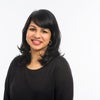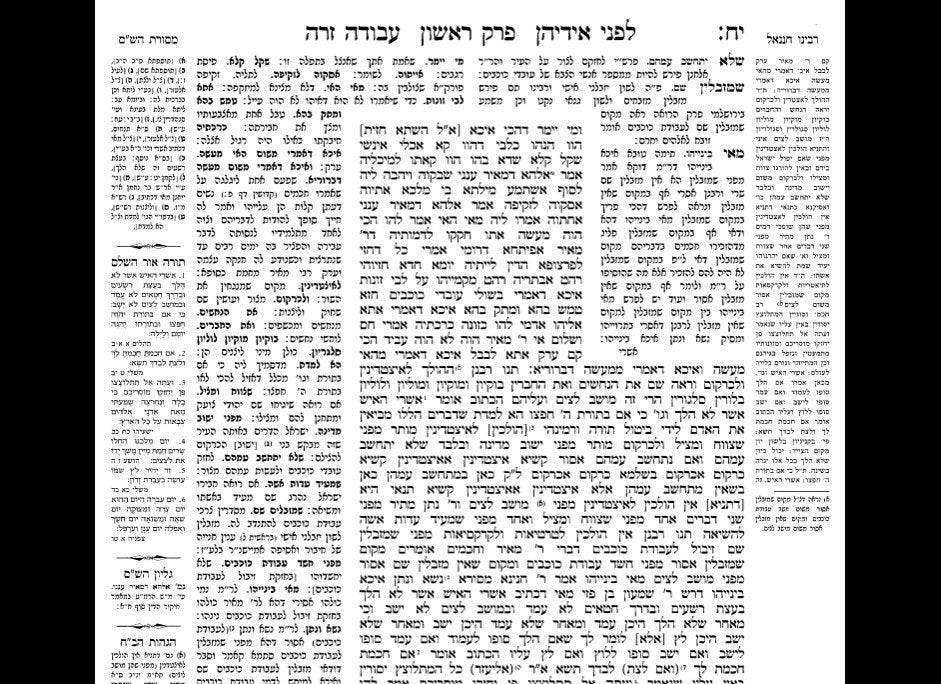Helen Kim and Noah Leavitt's kitchen holds a curious mix of their two cultural traditions. Kim's family is Korean and Leavitt's family is of Ashkenazi Jewish descent, which means the couple's two children, Ari and Talia, find kimchi in the refrigerator and matzo in the pantry.
But the questions about identity that Ari and Talia face extend far beyond what the family is used to eating for dinner. In fact, Kim and Leavitt, who are both researching Asian-Jewish families at Whitman College, say the children of these mixed marriages are often confronted with other people's racialized understandings of what it means to be Jewish. Strangers often tell the young adult children of Asian-Jewish intermarriages, “Funny—you don’t look Jewish!” or ask, "Where are you from?" and even, “What are you?”
As a whole, Jews in America are not as racially diverse as other religious groups. About 90 percent of American Jews are white, according to the Pew Research Center. Blacks and Asians each make up 2 percent of American Jews, while another 2 percent are mixed race or other. Four percent of American Jews are Latino.
According to Be'chol Lashon, an organization that advocates for ethnic, cultural and racial inclusiveness within Judaism, diversity often enters the Jewish population through adoption, conversion and intermarriage (which is becoming increasingly common for younger, non-Orthodox Jews).
In honor of the Jewish High Holidays, a season of spiritual introspection for Jews around the world, HuffPost Religion asked a few of these racially and ethnically diverse American Jewish families to send us a reflection on their relationship to Judaism. Here's what they told us.
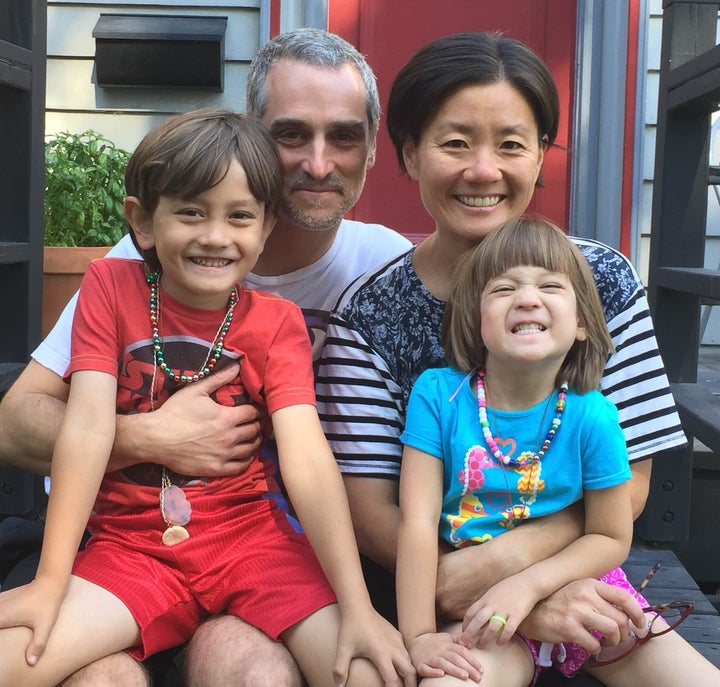
Associate Professor of Sociology at Whitman College, co-author with her husband Noah Leavitt of the forthcoming book, JewAsian: Race, Religion and Identity for America’s Newest Jews
We talk extensively about the significance of the High Holidays in our house. These conversations take place around the dinner table and through reading of books. Noah and I attend synagogue during the High Holidays. This year, we're going to take Ari, our son, who is old enough to sit through services and start to understand their meaning. We also cook a celebratory meal in our home for Rosh Hashanah, host a potluck on Shabbat Shuvah, the shabbat between Rosh Hashanah and Yom Kippur, and participate in Tashlich [a symbolic casting of sins into a body of water] with Whitman College's Hillel Shalom student group.
I am in the process of going through conversion. So, this is a special year for me and I am currently reading Maimonides' writings on T'Shuvah (the meaning of which is "return" enacted through the concept of repentance with yourself, others and God). There are certainly cultural differences between the idea of repentance and forgiveness within Judaism vs. Korean Confucianism. For me, this is what makes the philosophy on forgiveness within Judaism compelling because I was never completely satisfied with Korean Confucianism's approach to these practices.
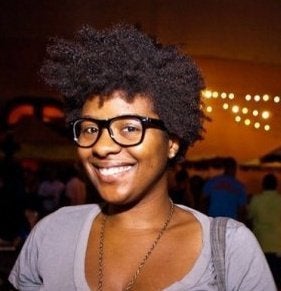
A writer from Seattle, Washington, who blogs about her journey as a convert to Judaism on her personal website, Black, Gay, and Jewish
Sadly, I’ve turned into a Rosh Hashanah and Yom Kippur Jew and I don’t like it. About this time last year my partner and I packed up our Volkswagen Passat and started a trek from Brooklyn, N.Y. to Seattle, Washington. We’re now living in Tacoma, Washington and when I enter synagogue on Monday morning for Rosh Hashanah services, it will only be my third time in a shul in a full calendar year. Turns out, being a Jew in a not-so-Jewish place is harder than living in a place where public schools close for the Jewish Holidays. I’ve come to realize that I took my Jewishness for granted in New York; I could easily slip in and out of communities as I saw fit, but it’s going to take more of an effort in the Pacific Northwest.
I don’t usually make resolutions or goals for the Jewish New Year, but this year my goal is to stop trying to make the Jewish community in the Pacific Northwest into something it’s not (the diverse Jewish communities of Brooklyn). And instead appreciate and invest in the community in a way that feels meaningful to me and my family.
L’Shanah Tovah! Ketivah v’chatima tovah!
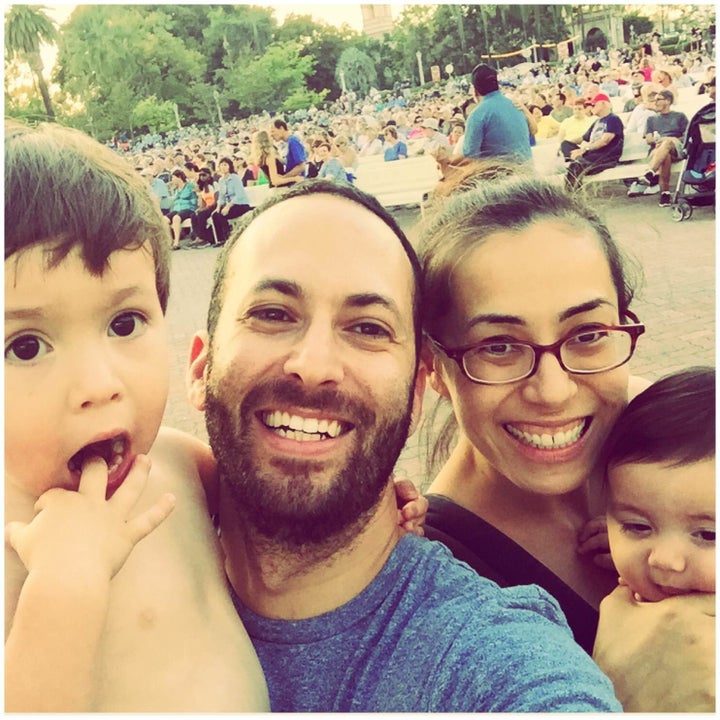
A PhD candidate at UC San Diego, studying conversions to Judaism that happen in Los Angeles
My mother is Portuguese and my biological father is Guamanian and Japanese. I grew up in California, in what I describe as a culturally “island” family – that is, nominally Catholic (a la Guam, the Philippines), lots of rice, lots of BBQ, never allowed to wear shoes in the house, lived in slippers, etc. We spoke English peppered with Chamorro and Hawaiian names for things that I only learned were not used in English at some point in middle school! Growing up with my mother and stepfather, I’d always felt the freedom to be whatever religion I wanted, so my conversion was never an issue with them. I’m married now and raising two little boys and our home is an obviously Jewish one – separate dishes and pots for milk and meat, mezzuzot on the doors and Judaica found on the walls and shelves. My husband’s family is South African, but he grew up mostly in Israel and instead of the island words I grew up using, there is a heavy dose of Yiddish, South African or Hebrew names for things between us.
The integration of my cultural (and racial) background into our Jewish family has been subtle. We eat rice, but not like I did and, in fact, probably eat as much Mexican or Cali style Mexican food as we do Asian. We do like to serve sushi instead of gefilte fish as the fish starter course for Shabbat and holiday meals and several pieces of art from Japan and Guam hang in our home. These superficial cultural markers are few, but I would say the biggest difference and cultural influence from my family is simply in how I communicate and the ways I interact with family members. My husband’s family is the stereotype of an Ashkenazi Jewish family – loud, argumentative, intimate, and intensely loving. Growing up, even with 5 girls, we did not talk over each other, raised voices were only heard in fights and thus rare and a sign that things were very, very bad. More autonomy was given to me and my sisters than I think my husband had, no one ever announced when they had to go to the bathroom, and there were few discussions about expectations for future educational and career choices. A lot was communicated subtly, indirectly.
My husband and I have had to learn how to read each others’ verbal and non-verbal language and we make compromises and shifts in the way we express love and anger daily. As a young couple with young children, time will tell what kind of balance between the two types of communication styles our children will end up getting exposed to the most. Undoubtedly, this is where a different way of being a Jewish family is most obvious in our home.
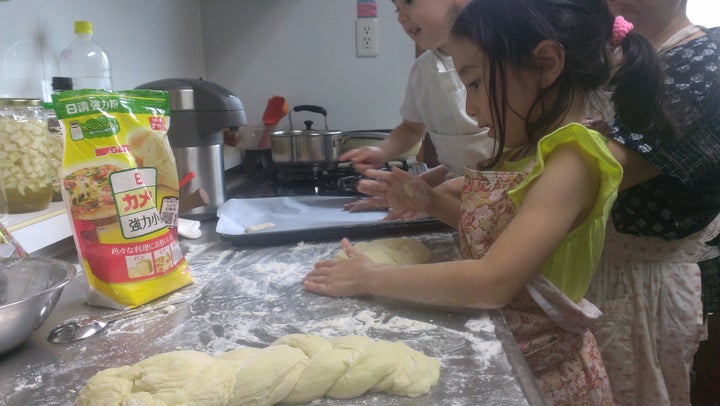
An American writer and teacher, now living in Tokyo, Japan
I come from Ashkenazi kugel and hearty brisket -- think NY deli. In Japan, I’ve learned flexibility, creativity, and how to pursue blessed resources -- trekking to the JCC to bring home a suitcase of matzah, or lugging backpacks of frozen lamb home on the train from faraway international shops.
I’ve learned to enjoy what’s available. Mitsuba, a revitalizing herb, tastes otherworldly in matzah ball soup; I don’t need parsley. We’ve folded and fried hundreds of Hanukkah gyoza.
Dairy-rich, childhood dishes are expensive to make, especially if I cook for a crowd, or any more than our family of four. (Let’s just say I’m not making cheesecake anymore). There is no grocery store challah, but my mother-in-law makes hers, sometimes with goma (sesame) seeds on top. It is my country who dropped the atomic bombs that bruised her early years and devastated a country, and yet, here are the grandchildren, laughing with their JiJi, asking for more grape juice in Japanese, singing out and clapping 'Shabbat Shalom.'
We preserve and celebrate both sides of my children’s Japanese and Jewish heritage; and yet, there is a beauty in creating something new. From reciting blessings in Hebrew and Japanese, to clinking 'l’chaim' and 'kampai,' these children receive their heritage from family, community, and the fragrance of love that fills each bowl.
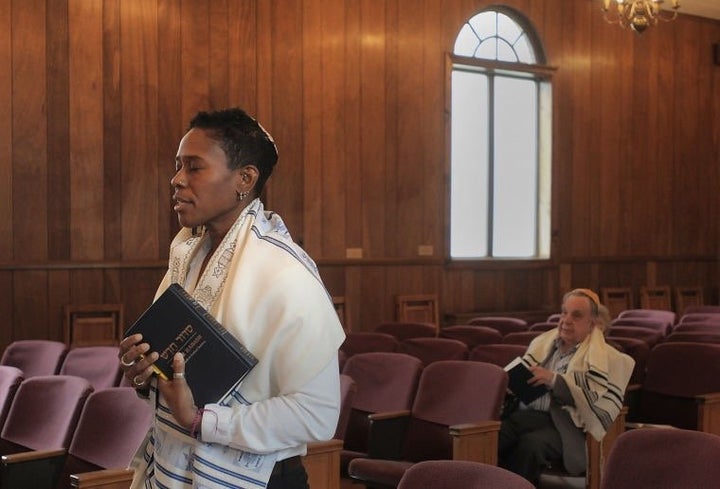
A convert to Judaism studying to be a rabbi at the Reconstructionist Rabbinical College
I spend the month of Elul, the last month of the Jewish year, reflecting on the past year. I think about the challenges I’ve faced, the joys in my life, my connection to the world and my connection to God; it’s my way of preparing for the “Days of Awe,” Rosh Hashanah and Yom Kippur. This year on the 1st of Elul, also known to some as the month of love, I was blessed to marry my life partner, Susan.
During the Jewish month of Tishrei, I look forward to celebrating those Days of Awesomeness, the birthday of the world and since the world is quite old there is much to be thankful for and to celebrate. This is also a time where I reflect on my own history, and the journey that has brought me to this day and I think about the times I might not have lived up to being my best self and I remember the times when I did. And I am forever grateful for the people in my life who stand be side me and guide me along the way.
These responses were edited for clarity and length.
Also On HuffPost:
